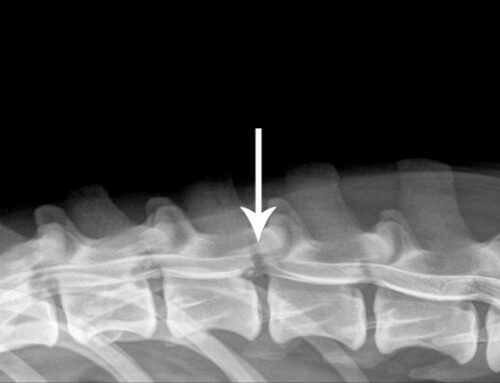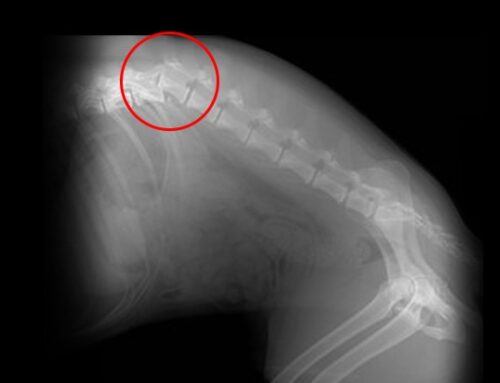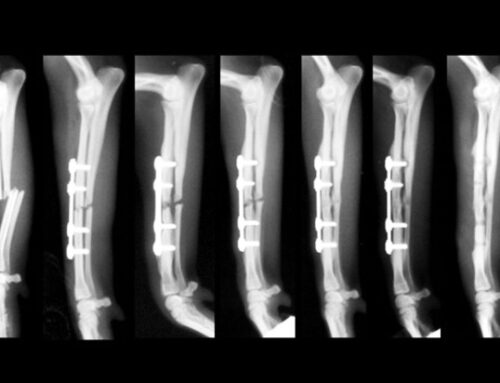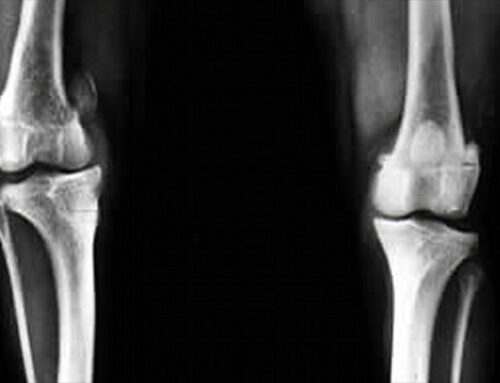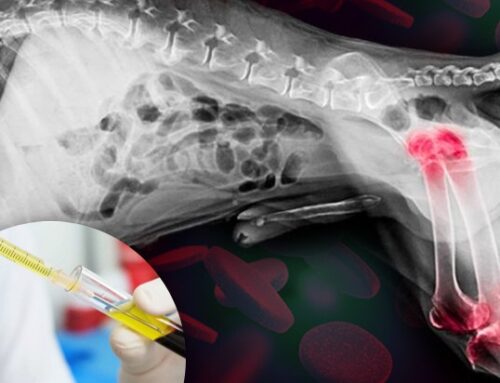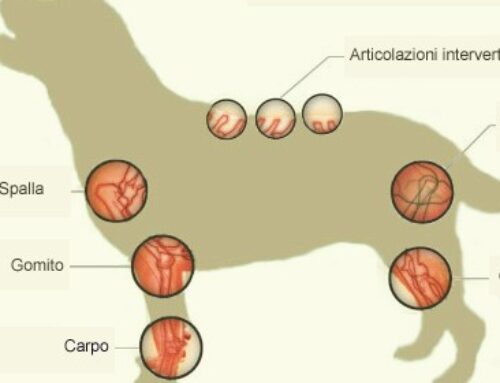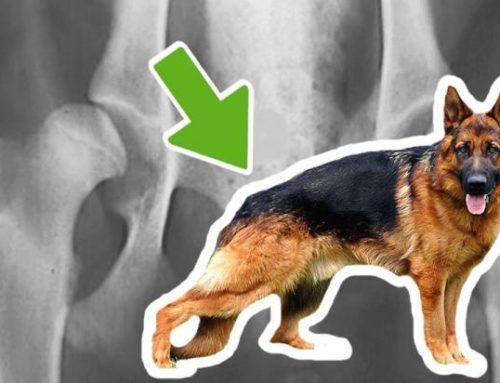Elbow dog dysplasia: causes and remedies
Elbow dog dysplasia is the main reason of lameness in the frontal limbs of your dog.
It’s a degenerative pathology that hits Large and Very Large breeds of dog during their development years.
The elbow is a very complex joint formed by three bones: humerus, ulna and radius.
When the union of these three bones is not perfect, a different case of dysplasia may show, based on which bone is causing the problem:
. Fragmentation of coronoid process (FCP)
. Dissecting osteitis (OC/OCD)
. Ununited anconeal process (UAP)
Fragmentation of coronoid process (FCP)
The coronoid process (CP) is part of the ulna bone.
If the ulna is lifted sideways, friction is created and the most fragile part of the bone breaks.
The fragments disperse in the joint fluids causing an inflammation.
The symptoms may vary based on age and gravity of the disease:
. Excessive rotation of the limb when the dog is sitting
. Lameness
. Limb not firmly put on the ground
It can happen in both arms.
Dissecting osteitis (OC / OCD)
It may happen that, during its growth, cartilage doesn’t turn into bone the proper way.
In that case, we have a dissecting osteitis.
This means the birth of some hardened cartilage areas.
Because of that, a portion of said cartilage can detach and get stuck between the joints.
Environmental and genetic factors are at the base of the cartilage hardening.
Ununited anconeal process (UAP)
The anconeal process is a part of the bone that stabilizes the elbow when it extends.
During the puppy growth, the bone may not fuse correctly with the rest of the ulna, creating this non-united process.
Elbow dog dysplasia’s symptoms
Symptoms may occur in the first 5 or 6 months of the puppy life:
. Lameness of one or both the front limbs
. Walking difficulties
. Elbow pain
. Elbow swelling
. Stiff walking
The gravity of lameness and pain intensify as time and disease danger increase.
Elbow dog dysplasia therapy
Therapeutic solutions vary based on age and grade of dysplasia.
When puppies, it’s easier to surgically intervene and correct the joints.
In older patients, is much more preferred a conservative therapy, by using anti-inflammatories and painkillers.
Such treatment can be associated with physiotherapy.
Useful tips and prevention for elbow dog dysplasia
For the puppies as much as for the adults, it’s highly recommended to:
. Check the weight
. Use of supplements for the joints
. Short walks multiple times a day
. Regular visits to the veterinary office
Such visits and a preventive X-ray are always suggested for endangered breeds.
The timing of diagnosis is essential and the prognosis will turn out positive more easily if the operation by screw is performed during the first 24 weeks.
Such prognosis can be better if the dog is younger, and is all around suggested to take regular exams for older dogs.

